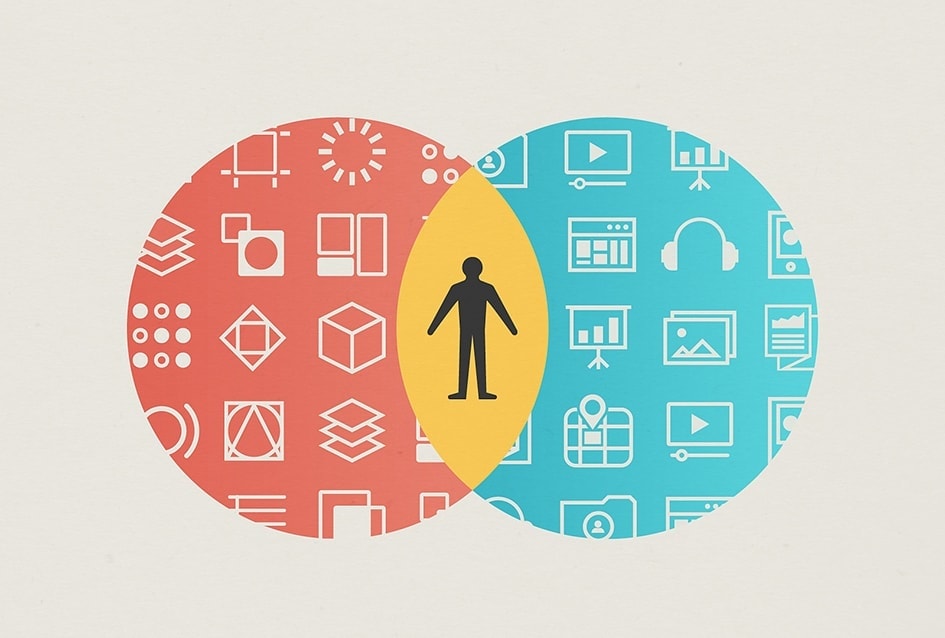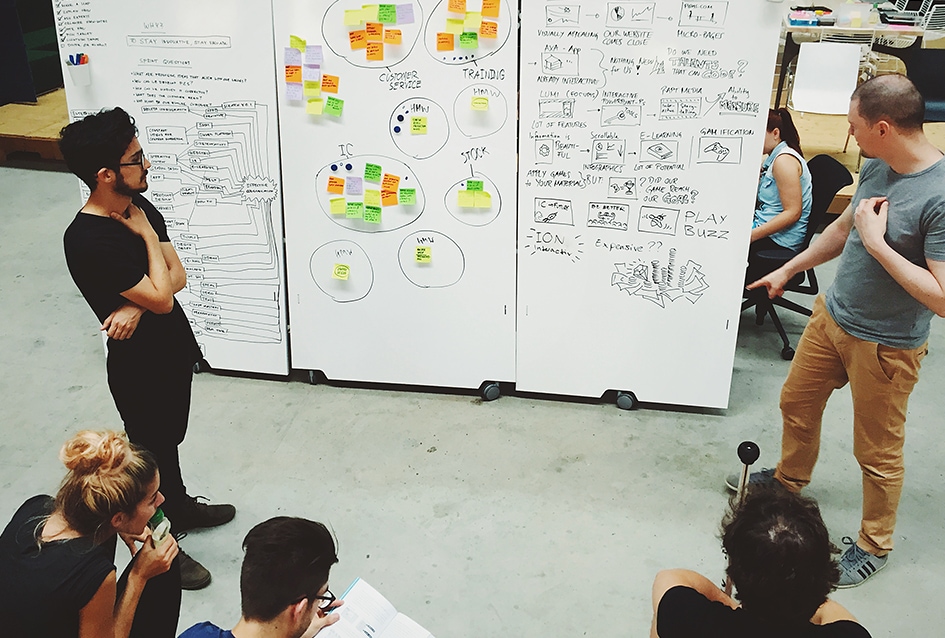
Our Secret For a Perfect Explainer Video
Natalie Ediger, October 10, 2016· Digital Learning
I liked Cleverclip as a company from the very beginning. One of the main reasons was that the team instinctively integrated design and design thinking into the production process. That’s pretty unusual compared to classic advertising agencies. Perhaps because the combination of explanatory videos and Human Centered Design (HCD) seems strange to many at first glance.

Nevertheless, I am convinced that the HCD approach can be applied in any industry. And that’s exactly why I’m now part of the Cleverclip team. We don’t just want to create pretty videos! Rather, we want to redefine problems, question things and find innovative approaches to explain complex issues.
What the hell is “Human Centered Design” anyway?
The forefathers of the HCD, IDEO, aptly summarize the basics of the concept: “Human Centered Design is about putting yourself in the shoes of the people you design for. Ideas are developed, prototypes are made and the results are continuously discussed with the partners. The innovative solutions created in this way are then “carried out into the world”.
So: How do we approach problems at Cleverclip? How do we remain customer-focused? And how do we manage to approach a solution step by step?
It’s all about the end users

From the first second of a project, we have the principles of design thinking in mind. The kick-off workshop with our customers is built around our “canvas”. This is based on Alexander Osterwalder’s “Business Model Canvas” idea, which was adapted to the needs of Cleverclip.
The first step is to understand our customer. Who is he, how old is he, what does he do? What are his interests, fears, worries? What gets him out of bed in the morning? From this comes our “persona”, who accompanies us every step of the way through the rest of the production process. This persona is always quite fast for all participants in the room and is often even called by name – just like the imaginary friend from our childhood.
But why all this? Quite simply, we want our customers to understand as early as possible that we are not making the video for them, but for the end user.
Rename old problems
But this is precisely the greatest challenge for us. Because the video is not produced for the customer, but for the viewer, we often have to redefine and name the problem. And not from the customer’s point of view, but from that of the target group. At Cleverclip we call it “The Big Question”: What does the viewer actually want to know when he sees the video?
Here we often encounter the same problem. Because what the customer wants to say usually doesn’t match what the target group wants to know. That’s why this part of the workshop is often quite time-consuming. But we want to be on the safe side that we really hit the nail on the head.
After we have collected our information, we discuss it with our project managers and our team. We introduce the persona and explain the cornerstones of the assignment in a design briefing. All participants – designers, copywriters, etc. – know right from the start for whom the video will be produced and which “Big Question” is to be answered. The persona is developed by the whole team, she gets a face and character traits. This helps us to better understand our audience.
MVP – The endurance test
One of the most important aspects of the HCD is the involvement of the end user in the design process. That’s why we try to create a prototype of the product as early as possible. We then test it – not with the customer, but with the end user. We immediately recognize whether we have hit the right nerve, whether the topic is well communicated and whether the audience can answer the “Big Question”.
Working with a Minimum Viable Product (MVP) is really helpful. An MVP is a product that is already functional, but still far from the final result. It’s easier to change a product at the beginning than at the end of the process. A step back can often mean two steps forward.
Interested in more news & opinions about design and storytelling? Well then off to our newsletter!